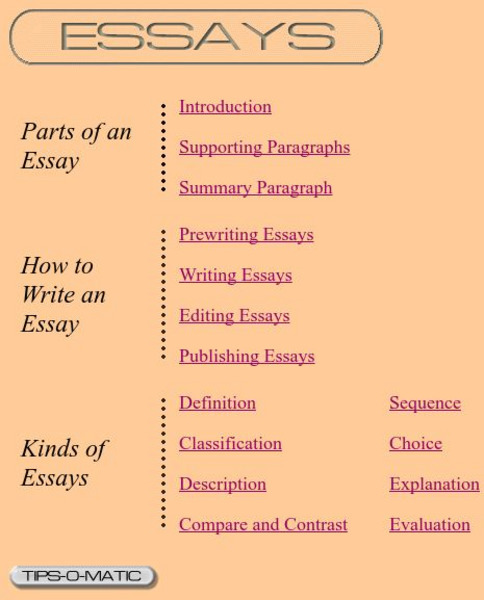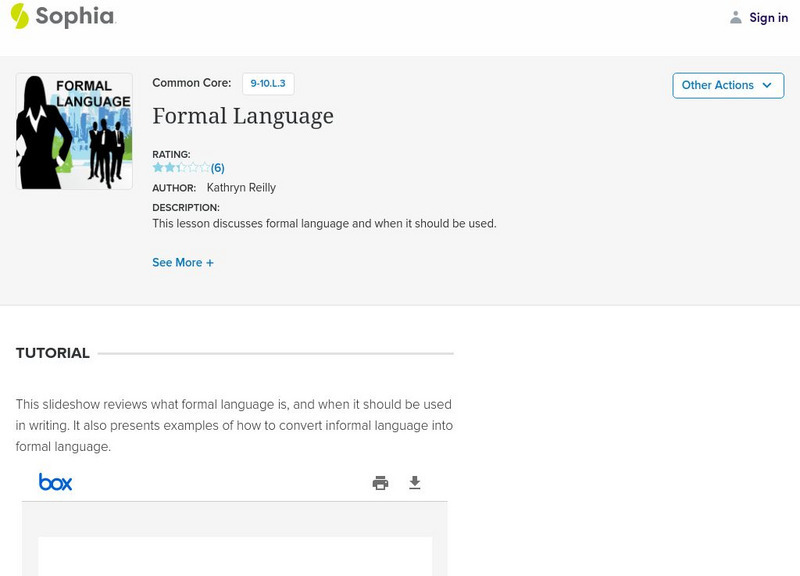Curated OER
Making a Karst Dictionary
Students practice using the correct vocabulary in geology and hydrology. They use the Internet to research topics and practice their researching skills.
Curated OER
Debate: Should we cull animals?
Young scholars examine arguments for and against culling animals. Students, in groups, read news stories. They create a list of arguments, for and against, the culling of animals. Young scholars debate, supporting their opinion. ...
Curated OER
Inventors and Innovators
Students explore the scientific enterprise and the contributions of diverse people. They explore some of the more practical applications of the scientific enterprise. Students describe how the cast cooler works, and discuss how inventor...
Curated OER
Determination of Phosphates
Students engage in a laboratory lesson in order to increase understanding of the impact of phosphates at the chemical and ecological levels. The lab exercise is completed with the goal of getting them to predict the outcomes and future...
Curated OER
Quebec
Ninth graders to examine the past to find out why Quebec has been so determined to protect its cultural heritage. They access primary resources on the Internet to promote their engagement with the past.
Curated OER
Do a Ditty
Fourth graders work in cooperative groups to create a ditty to teach the characteristics that distinguish literary forms to younger students. The ditty is performed before the class.
Curated OER
Creating An African Style Mask
Students investigate the different types of African masks that are found using the internet to perform research. They draw four different images based on the images downloaded. Students must cite sources used using MLA formatting.
Curated OER
Symmetries of Strip Patterns
Students study strip patterns and identify symmetry. They create a paper doll chain. They experiment with different shapes. They determine if their chain is a strip pattern. They create snowflakes with triangles.
Curated OER
Toothpick squares
Students state the general rule for a practical situation. They describe a continuing pattern. They use toothpicks to help visualize the problem and answer it correctly.
Curated OER
Technology: The State of the Internet
Young scholars develop ratings criteria for evaluating Websites. Once they brainstorm lists of qualities for Websites, students, in pairs, browse various Maine Websites and create evaluation systems. As a follow-up activity, young...
Curated OER
Media Campaign
Eleventh graders design and present a media product supporting environmental stewardship. They demonstrate an understanding of the nature and types of waste and of their management in industry and the community. They assess the results...
Curated OER
Richmond Rules!
Third graders consider their town government, rights and responsibilities of individuals, and government services in the town of Richmond. students create a KWL chart. After viewing specified web sites, 3rd graders answer questions to a...
Curated OER
Building the CPR
Tenth graders identify and clarify a problem, an issue, or an inquiry.They plan and conduct library and community research using primary and secondary print and non-print sources, including electronic sources. Students generate and...
Curated OER
THE MEAN INDEX CARD
Students cut an index card to create three similar right triangles and explore the congruencies and proportions that exist. They investigate the properties of lines and concepts of congruency, similarity, tangency and symmetry of...
Curated OER
Parabolas
Pupils review four types of parabolas. They discuss y=x^2-4x. Students practice working this problem by completing the square. They identify the vertex, focus and directrix of the parabolic formula. Pupils work several problems...
Curated OER
Morphemic Analysis
Students analyze content area vocabulary. In this content area literacy instructional activity, students list math words they are unfamiliar with and identify morphemes found in those words that are found in other words. Once they have a...
Better Lesson
Better Lesson: Audience, Tone, and Style in Informative Text
Students will read samples of informative writing and highlight examples of how tone and style are used by the authors. Students will then apply this knowledge by writing their own informative text. Multiple examples of student work and...
TES Global
Tes: Non Fiction Unit 4 Formal/impersonal Writing: Tourists
[Free Registration/Login Required] Students will analyze tourism brochures to determine features related to nonfiction writing in this unit. Tourism websites may be used in lieu of the brochures. Cotswold and the North Leigh Roman Villa...
BBC
Bbc: Skillswise: English: Formal and Informal Speaking Quiz [Pdf]
Assess the differences between formal and informal speech. Three levels of difficulty with answers provided.
Online Writing Lab at Purdue University
Purdue University Owl: Academic Writing: Levels of Formality
Basic information explaining how the context, i.e., the audience and your purpose, determines whether you should use formal, semi-formal, or informal language. The links on the sidebar provide much more information about formal academic...
Learning Farm
Learning Farm: Common Core Standards: Formal Writing
Writing formally means writing using words that are precise, objective, and impersonal. This lesson gives examples of formal language and also provides games and a test. CCSS.ELA-Literacy.WHST.6-8.2.e
ACT360 Media
Writing Den: Essay Writing Tips
All you want to know about writing essays, from prewriting to editing. Click on the tip-o-matic and find tips on anything dealing with grammar or writing.
BBC
Bbc: Skillswise: Speaking and Listening: Formal and Informal Speaking
This Skillswise site focuses on formal and informal speaking. Included are a video about how to decide whether to use formal or informal speech, fact sheets and worksheets for instruction. The Skillswise sites from BBC are geared to...
Sophia Learning
Sophia: Formal Language
This slideshow lesson focuses on formal language. It reviews the basics of formal language and the need to know your audience. It explains how to change various types of informal language into formal language and provides examples....






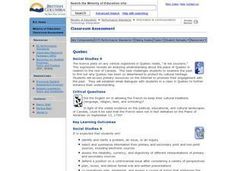








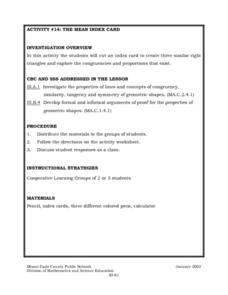
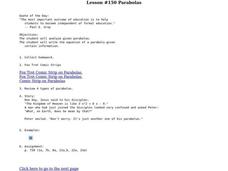



![Bbc: Skillswise: English: Formal and Informal Speaking Quiz [Pdf] Unknown Type Bbc: Skillswise: English: Formal and Informal Speaking Quiz [Pdf] Unknown Type](http://content.lessonplanet.com/resources/thumbnails/411268/large/bwluav9tywdpy2symdiwmduymc0ymtiwny1jegxunwmuanbn.jpg?1589993555)


